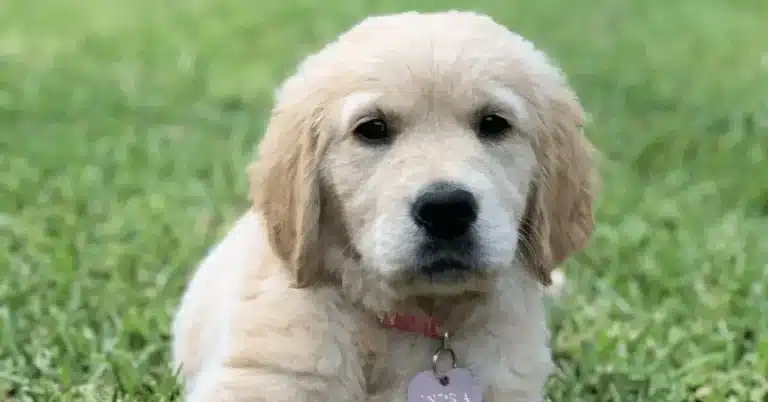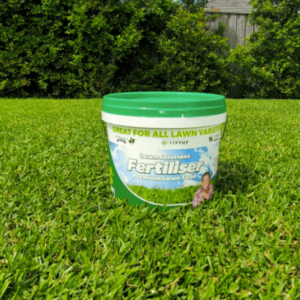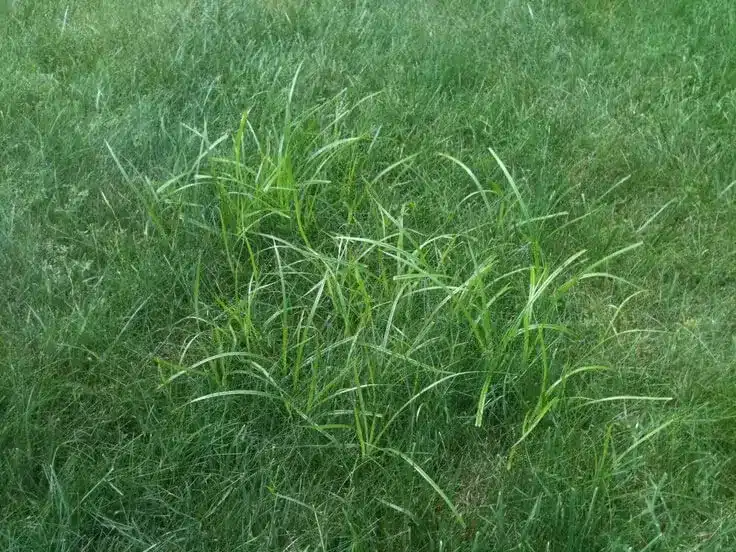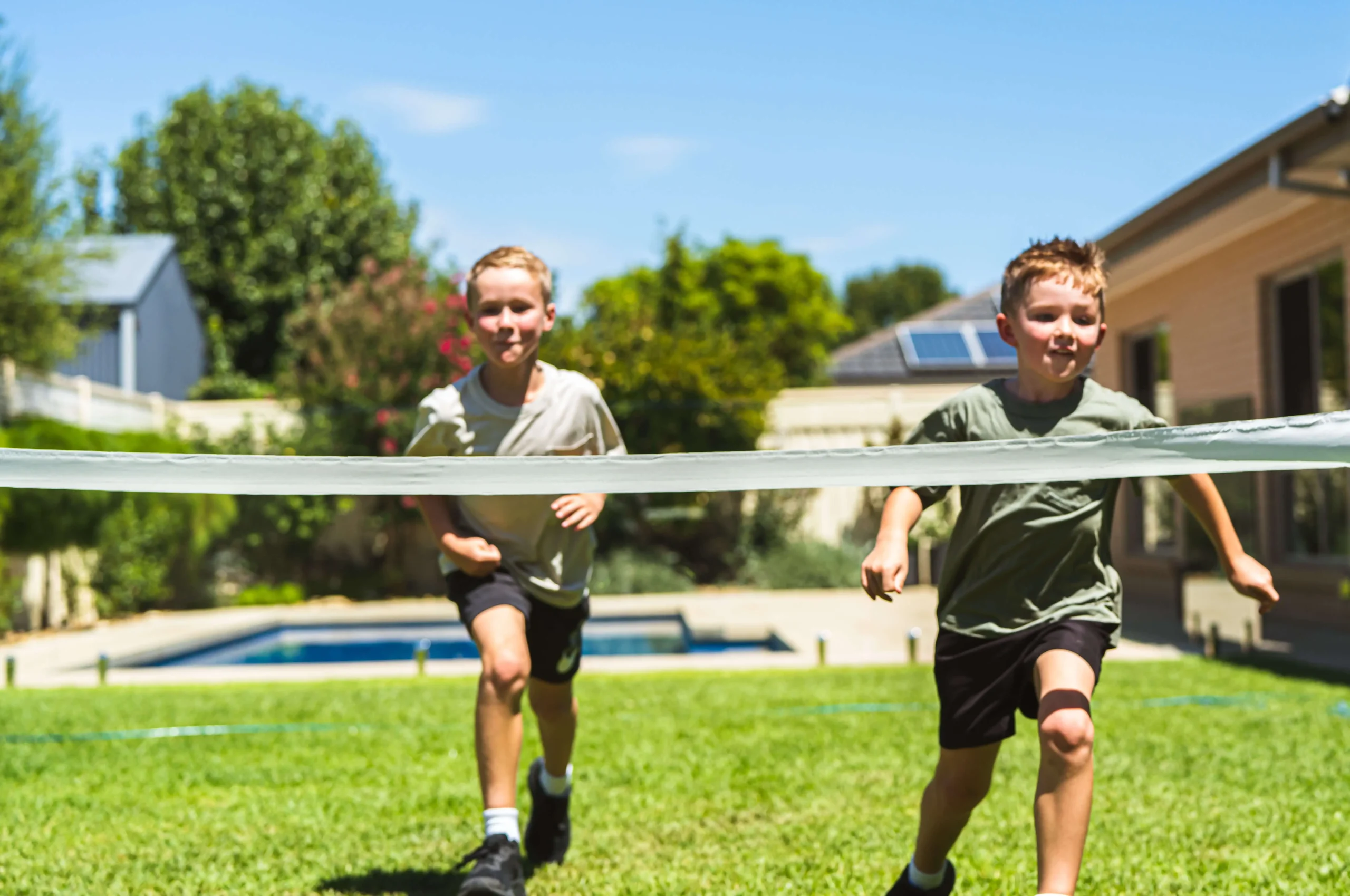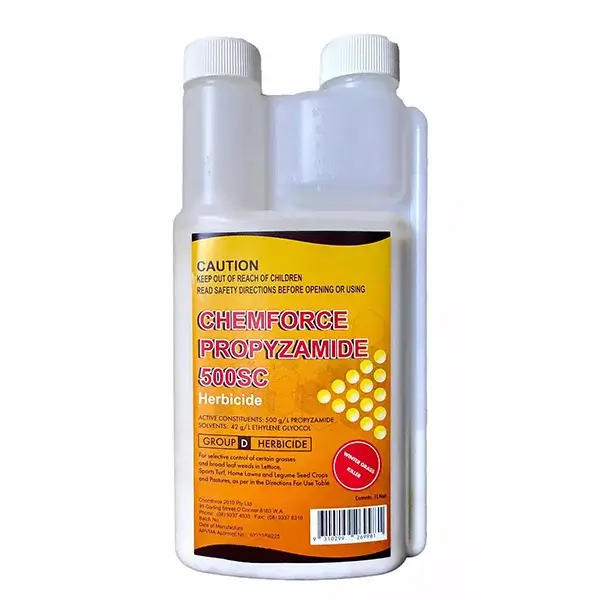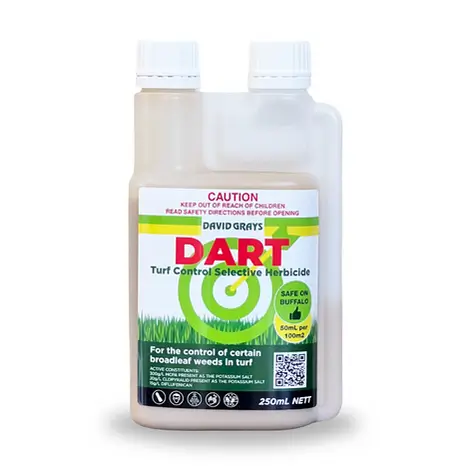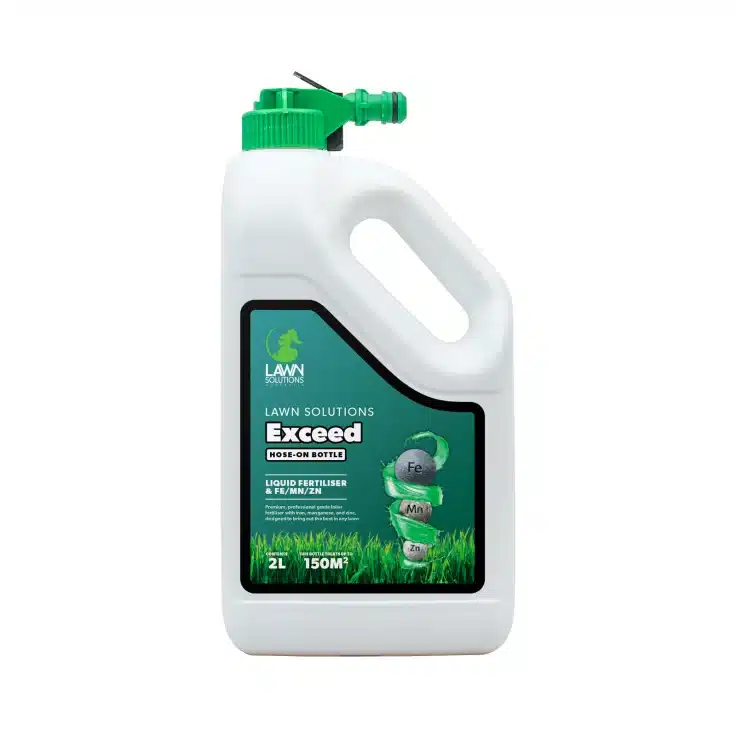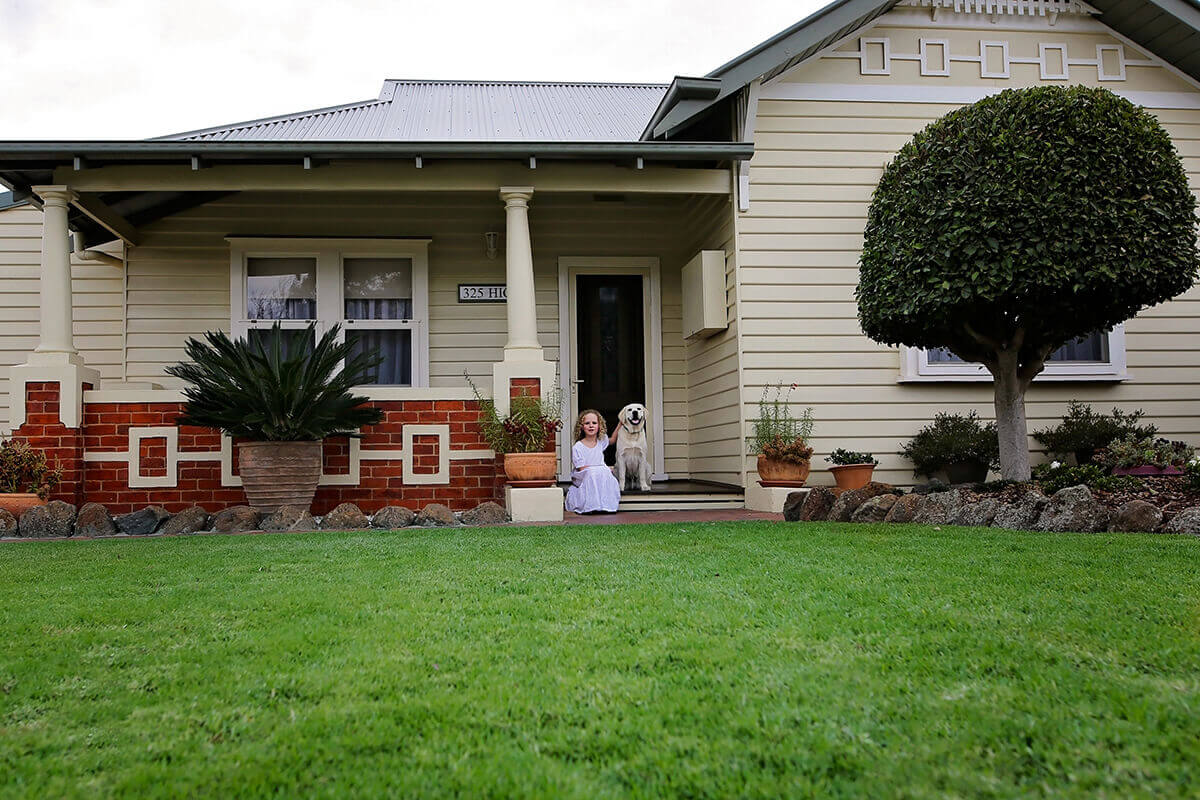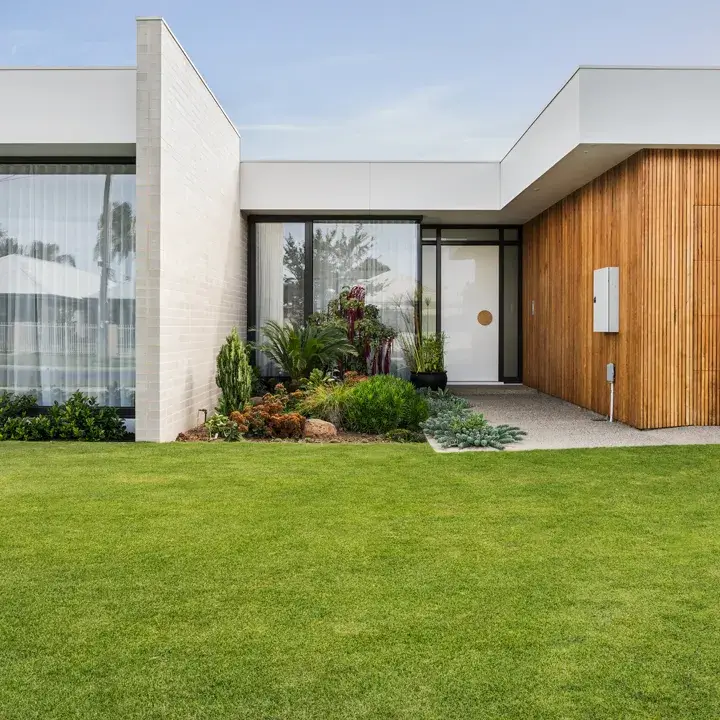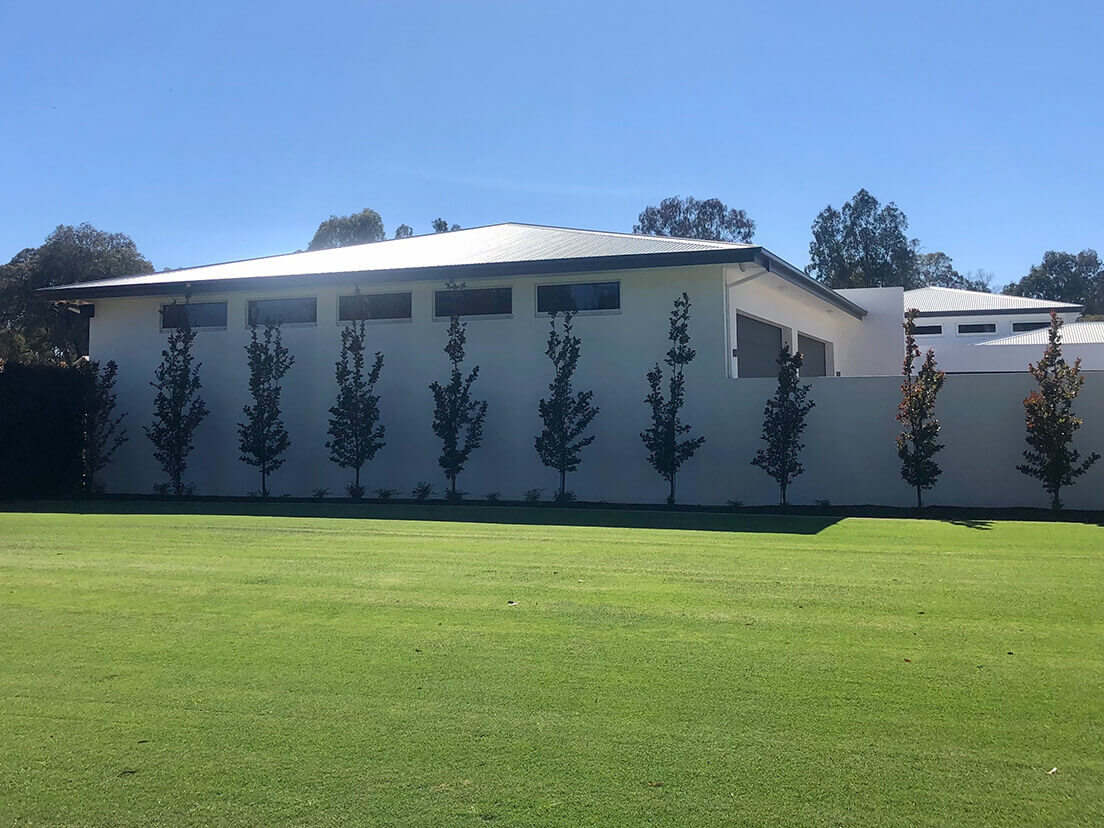Updated on 20th October 2022
Dogs and pets are an extension of our families. We love them and they have become a very important part of our Aussie lifestyle! The only downside? They can prove a bit of a challenge for
maintaining a beautiful lawn!
The good news is that your pets and your lawn can coexist harmoniously. You don’t have to sacrifice great turf for your furry friend. In fact, you can create the ultimate pet-friendly lawn that they will love as much as you!
In Victoria, the climate is also an important consideration when it comes to choosing the right turf for pets. Things can get wet and muddy real quick here. Couple that with our four-legged friends, and maintaining a great lawn can become an uphill battle. In this article, we’ll help you to choose the best lawn for pets and one that can handle a lot of pet-related wear and tear.
Factors you as a pet owner should consider when choosing a turf type
When choosing the best grass for dogs and pets, you need to consider what you want and expect out of your turf. As a pet owner, you’ll definitely need a turf type that can tolerate a lot of wear and tear and that can self-repair quickly with minimal maintenance.
Dogs and other pets are known for their love of running and digging along with other undesirable traits such as pooping, peeing and chewing on grass blades. Some dogs and pets may also be allergic to certain turf types, so, if that’s true for your pet, then you’ll need to consider this as well when it comes to choosing your lawn.
1. Wear and tear to the lawn
If your dog gets the zoomies (whose doesn’t!) and runs around your lawn like crazy, your turf can cop quite a hiding. For families with larger dogs, this can be a forever uphill battle to help the grass survive. The most important thing you can do to protect your grass from pet wear and tear is to install a wear-resistant turf variety. Hard wearing lawns like TifTuf and Buffalo will repair quickly if damaged. Another solution is to place an object or ornament in the path of your pet to give your lawn an opportunity to repair itself.
A turf reinforcement mesh is another option which will give your grass extra strength so it can withstand the wear, ultimately reducing the damage. These meshes are usually made from high-density plastics and are put down onto an existing lawn. Once these are laid out on the lawn the plastic structure will disappear within a few weeks when the turf naturally grows back over. These meshes also provide an easy solution to help stop chickens scratching throughout the lawn.
2. De-compact your soil base
If your dog spends most of its time out on the lawn, your soil base can become compacted. Compaction will occur when an area of the lawn is regularly used. This can hinder the soil’s ability to absorb water and the lawn’s ability to properly root down into the soil profile. To help reduce compaction, you can use either a garden fork or a core aerator to help to fracture up the soil profile, better allowing for water and nutrients to get to the roots of your lawn. For more information, you can check out our blog on aeration here.
3. Digging
What should you do if your dog is a digger? Well, let’s look at why dogs dig in the first place. Some dogs like to dig to help stop their boredom, are trying to escape, seeking protection, or are just playing. To help stop your four-legged friend from digging up your entire yard there are a few things you can do. Chew toys can serve as a great distraction and can help keep your dog busy while you’re not home. Regular exercise will also help keep your dog active, stimulated, and use up its energy.
4. Sandpits
If your dog just loves to dig, why not give them an area where they can dig all day long without causing any damage to your lawn! Treats and chew toys can even be added into this dedicated digging area to encourage them to use it rather than the lawn. These sandpits can easily be constructed by a few pieces of timber or you can even use a kids’ clam shell and fill it with sand.
5. Urine Burn
Dog urine can burn your grass leaving it with unsightly yellow, brown or bare patches. If your dog is one to leave burns on the lawn, there are a variety of options that can help stop or reduce urine marks on your turf. The best way to stop dog urine from killing grass is to water the area immediately. Another popular option to consider is Dog Rocks. These work by filtering out the impurities from water such as tin, nitrates, and ammonia. Filtered water has also seen success, working similarly to dog rocks. Training your dog to use one area of the lawn or synthetic pet potty mats can also help prevent widespread damage throughout the lawn. For more information on stopping and preventing urine burn click here.
6. Safe fertilising around dogs that eat grass
Why do dogs eat grass? It can be a bit of a mystery to us pet owners! Generally, it doesn’t signal anything to worry about. However, if your dog/pet is chewing on grass you need to be careful when it comes to using herbicides or pesticides on your lawn.
Be sure to only use pet-safe lawn fertilisers that do not contain any heavy metals or toxic components that can prove harmful to pets if consumed.
7. Grass seeds and dogs
Grass seeds can be problematic for dogs and pets. Some turf types will go to seed and pose the risk of grass seed related problems including infection, skin trauma or irritation, digestive issues and ear or eye issues.
8. Grass allergies in dogs
Grass seeds and certain turf types can cause allergies in both humans and pets. If you have a pet who is sensitive to allergies, you will need to make sure your chosen lawn variety is low-allergenic.
Lawn maintenance tips with pets
What turf types can I choose from if I have a pet?
While some turf types may thrive in the Victorian climate, not all of them are suited to wear & tear caused by pets. So, what lawn varieties should you choose if you have a pet?
For a dog-friendly lawn, you want a turf type that is wear resistant, self-repairing and low maintenance.
Keep both you and your furry friends happy with these best grass types for dogs and pets:
1. Sir Walter Buffalo
Sir Walter DNA Certified Buffalo is our #1 turf for home lawns. Hardy, low maintenance and visually attractive, this turf type is perfect for families including dogs and pets. Sir Walter DNA Certified Buffalo grass performs well in full sun or lightly shaded areas (more than 3 hours of light). It is self-repairing and pet-resistant as well as being highly resistant to common grass pests. Whether you’re in the frosty Alpine areas of the Victorian High Country, the dry plains of the Gippsland region, or the salty conditions of the Surf Coast; your lawn will survive and thrive.
2. TifTuf
Extremely drought and wear tolerant, TifTuf is perfect for residential backyards and homes with pets. Australia’s toughest turf is an ideal turf type for dogs since it can withstand high traffic (it’s commonly used on sporting fields) and is self-repairing – making it a great turf type for withstanding common pet-related issues such as urine burns.
3. Eureka Premium VG Kikuyu
Eureka Premium VG Kikuyu is certainly one of the best types of turf for dogs. It’s able to withstand high traffic (even during winter) and its vigorous growth habit means it will repair itself quickly if damaged. Eureka Premium VG Kikuyu is the best grass for dogs with allergies as it’s low allergenic.
4. Nullarbor Couch
Another hardy lawn variety ideal for pets. Nullarbor Couch is incredibly wear and pest-resistant and has a faster rate of repair if damaged. Its hardiness makes it a great turf type for the Victorian climate, boasting both drought-tolerant and frost-tolerant abilities.
Why you shouldn’t use artificial grass with pets?
If you have pets, you may be tempted to choose an artificial lawn to save time and money. While appealing, here are some reasons why you shouldn’t choose synthetic grass if you have pets:
- It’s not environmentally friendly
- It requires regular upkeep to maintain its appearance
- It has to be washed each time your pet defecates as it can stain and create a germ hazard
- The materials in some synthetic turfs can be harmful to dogs
- It can retain a lot of heat in the summer, making it uncomfortable for pets to walk and rest on
Our pet-friendly turf types allow you to have a beautiful, natural lawn that not only looks amazing but is easy to care for no matter how boisterous your pet is!
What is the best grass for dogs? – Our Verdict
When choosing the best turf variety, it’s important to consider your pet’s needs too! If your dog will be spending its time out on the lawn, it is best to choose a variety with a high wear tolerance. Sir Walter DNA Certified Buffalo has a soft and hardy leaf that is a great performer in high wear areas. Sir Walter DNA Certified is a great all-round turf variety that is great with pets and kids and is well suited to the Australian climate.
Another great turf variety for pets is TifTuf Hybrid Bermuda. TifTuf has a fast-repairing nature, so if damage does occur from your pet, your lawn can repair itself fast. This turf variety has a soft fine leaf that is great to touch and feels great underfoot.
Some final advice from us at Coolabah!
If your dog has caused a problem with your lawn that’s beyond reasonable repair, and you haven’t got the patience to wait for it to regenerate, just replace the bare area with a couple of pieces of turf. We sell from a minimum of 1 square metre up to the hundreds and thousands of metres.
Make a purchase online or call our friendly Coolabah Turf team on 1800 736 326.
Editor’s note: This post was originally published in Aug 2021 and has been updated for accuracy and comprehensiveness.

